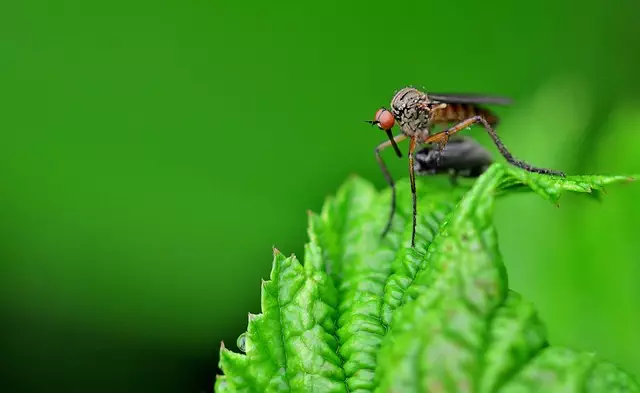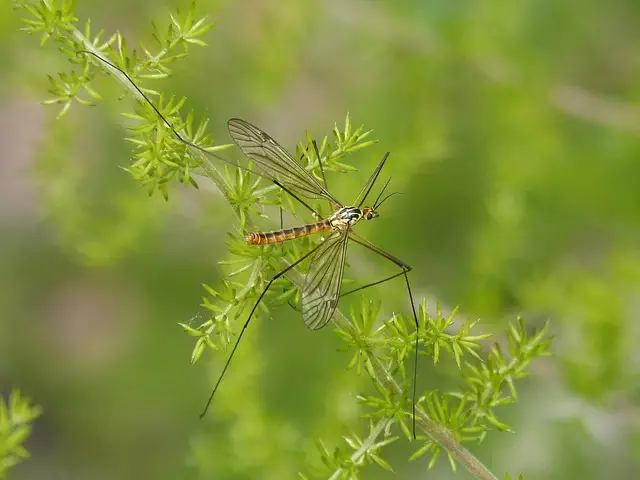Maintaining a mosquito-free environment is crucial for outdoor comfort and public health, especially in regions with high mosquito activity. Effective mosquito control involves a multi-faceted approach combining source reduction (eliminating standing water), chemical interventions like insecticides and larvicides, and physical barriers like screens and protective clothing. Technical issues, such as API status code 524 (temporary connection failure), can disrupt real-time data exchange in mosquito control programs, requiring professionals to adapt quickly and ensure swift management of mosquito populations.

Maintaining a mosquito-free environment is crucial for comfortable outdoor living and public health, especially in regions with high mosquito activity. Implementing effective mosquito control strategies involves a multi-faceted approach. One key method is source reduction, which includes eliminating standing water where mosquitoes breed. Regularly emptying containers, cleaning birdbaths, and ensuring proper drainage can significantly curb their population.
Chemical interventions, such as insecticides and larvicides, are another line of defence in mosquito control. These products are applied strategically to target adult mosquitoes and their larvae. However, it’s essential to use these methods responsibly, following manufacturer guidelines, and considering the environmental impact. Combining chemical treatments with physical barriers like screens and protective clothing offers a comprehensive strategy for effective mosquito control.
API responded with status code 524.

When dealing with mosquito control, it’s essential to understand that various factors can impact the effectiveness of extermination methods. One common issue encountered is the API (Application Programming Interface) status code 524, which indicates a temporary connection failure. This code often arises when there are network-related delays or disruptions during communication between software applications.
In the context of mosquito control programs, such technical glitches can hinder real-time data exchange crucial for efficient planning and execution. For instance, weather updates, population density figures, or treatment area mapping might be temporarily inaccessible, leading to delays in implementing targeted Mosquito Control strategies. As a result, professionals must remain agile, continuously monitoring systems and adapting their approaches to ensure the swift and effective management of mosquito populations.
